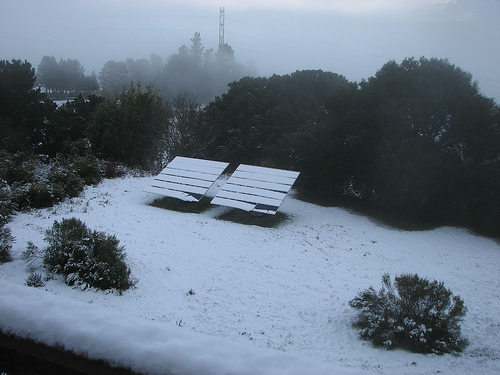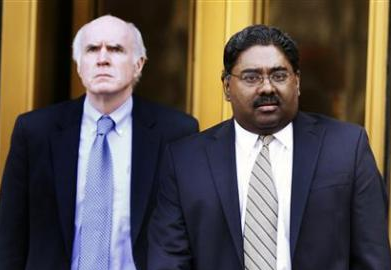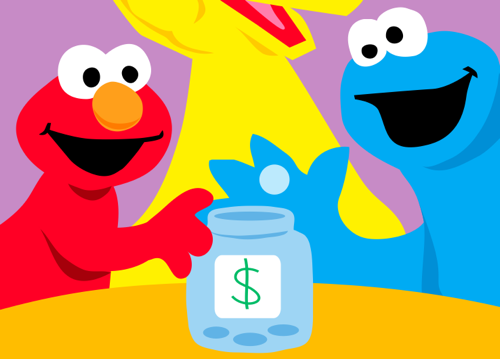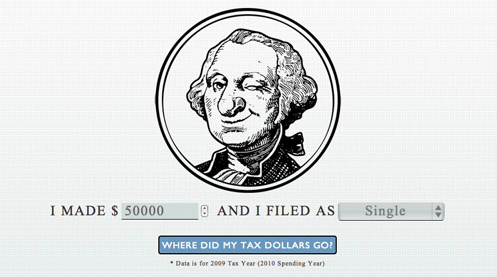
(photo credit: southerntabitha)
We’ve written before about how to give smart in the wake of a disaster, and unfortunately the situation just keeps coming up. While not as devastating as the earthquake and tsunami that devastated Japan in April, the string of tornadoes that tore up the American South last week has left hundreds dead and thousands homeless.
One of the pieces of advice we passed on is to stay thoughtful when you’re practicing “crisis philanthropy.” One way to do that is to focus your giving on organizations with a local presence in the affected area. But what if there are none left?
That isn’t exactly the situation in Tuscaloosa, but the Salvation Army – a local charity giant – lost two buildings in the tornado, both of which could have really helped with relief efforts. We thought this might be a good time to point out the differences between program costs and operational costs, which are the two types of expenses you’re funding when you write a check to your favorite charity.
- - Program costs refer to money spent on the projects you hear about during fundraisers – feeding the poor, building temporary housing for flood victims. The exciting stuff.
- - Operational costs (sometimes called overhead) refer to more boring stuff – the electric bill, the salary of the person who answers the phone, the new office downtown.
People tend to want their money to go to program costs because it makes them feel good about themselves. But in most cases, paying for operational costs is just as important. Who will administer lifesaving vaccinations if an organization can’t afford to pay clinic staff? And who knows how much more prepared local organizations could have been had they had the extra cash to spend on additional locations or a disaster preparedness program?






